In 1997, a powerful storm rocked the cargo ship Tokio Express off the coast of Cornwall, England. Among the dozens of containers it lost to the sea, one held nearly five million LEGO pieces yes, five million tiny bricks, flippers, seaweed, dragons, and scuba gear, all destined for toy stores. Instead, they were scattered across the ocean, accidentally setting the stage for one of the most eye-opening environmental case studies of modern times.
Fast forward to 2025, and the LEGO pieces are still washing up on shores. From the beaches of Cornwall to the East Coast of the United States, these colorful fragments are more than just nostalgic finds they’re tangible proof of plastic’s haunting longevity.
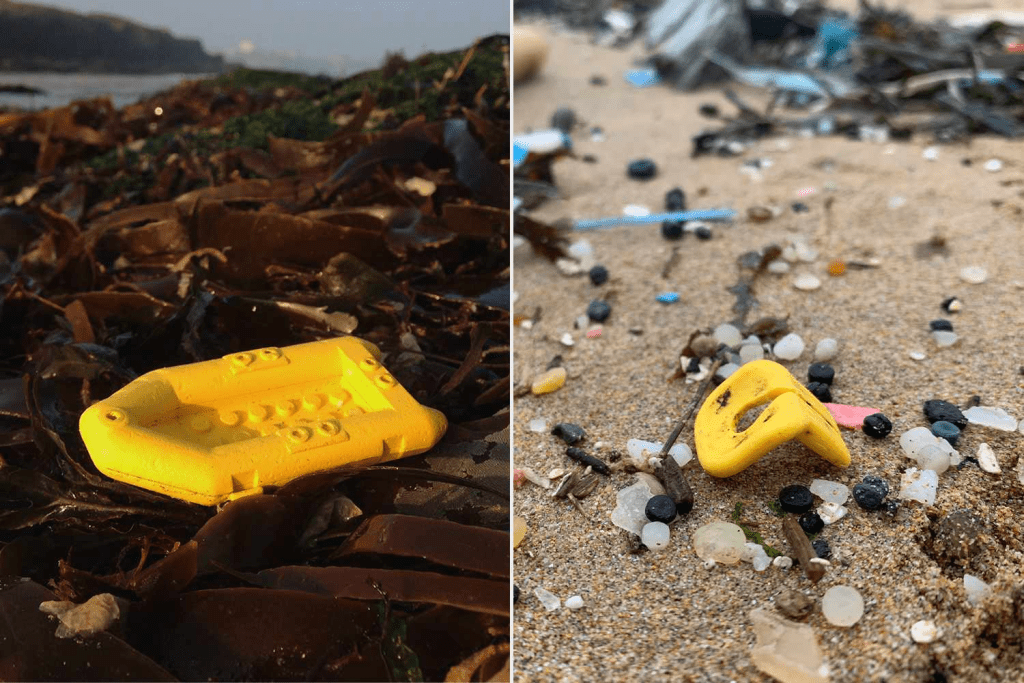
The LEGO Spill That Started It All
The Tokio Express was making a routine voyage when it encountered a freak wave strong enough to toss 62 shipping containers overboard. One of them, unfortunately, was filled with LEGO toys. What makes this particular spill so unique is its symbolism: many of the pieces were ocean-themed octopuses, scuba tanks, and ship rigging now fated to drift in the very waters they were modeled after.
Some of the first pieces were spotted days after the accident, but no one at the time imagined this would become a decades-long environmental saga.
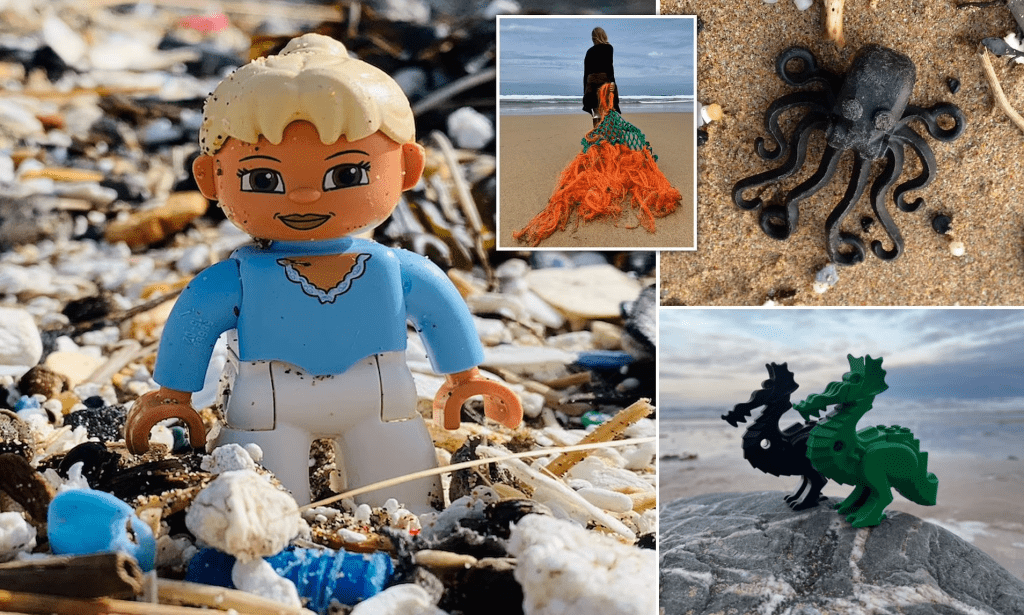
From Cornwall to Cape Cod: Plastic’s Relentless Drift
While many spills go unnoticed after a few months, the LEGO spill became famous for its persistence. Beachcombers in the U.K. and collectors in the U.S. have documented LEGO pieces that continue to wash ashore almost thirty years later.
Video:
The Great Lego Spill Disaster
Some estimate that only a fraction of the original five million pieces have ever been recovered. The rest? They’re likely still riding the ocean currents, slowly migrating, breaking down into microplastics—or simply waiting to surprise a new generation of beachgoers.
Why This Story Still Matters in 2025
The continuing appearance of LEGO bricks from 1997 is not just a quirky bit of trivia. It’s a glaring reminder of how long plastic can survive in our oceans. Unlike natural materials, most plastics don’t biodegrade. They photodegrade breaking down into smaller and smaller pieces that remain in the ecosystem indefinitely.
The LEGO bricks, made from a high-grade plastic known as ABS (acrylonitrile butadiene styrene), are particularly resilient. Designed to last generations in your toy box, they’re now proving they can last even longer in the wild.
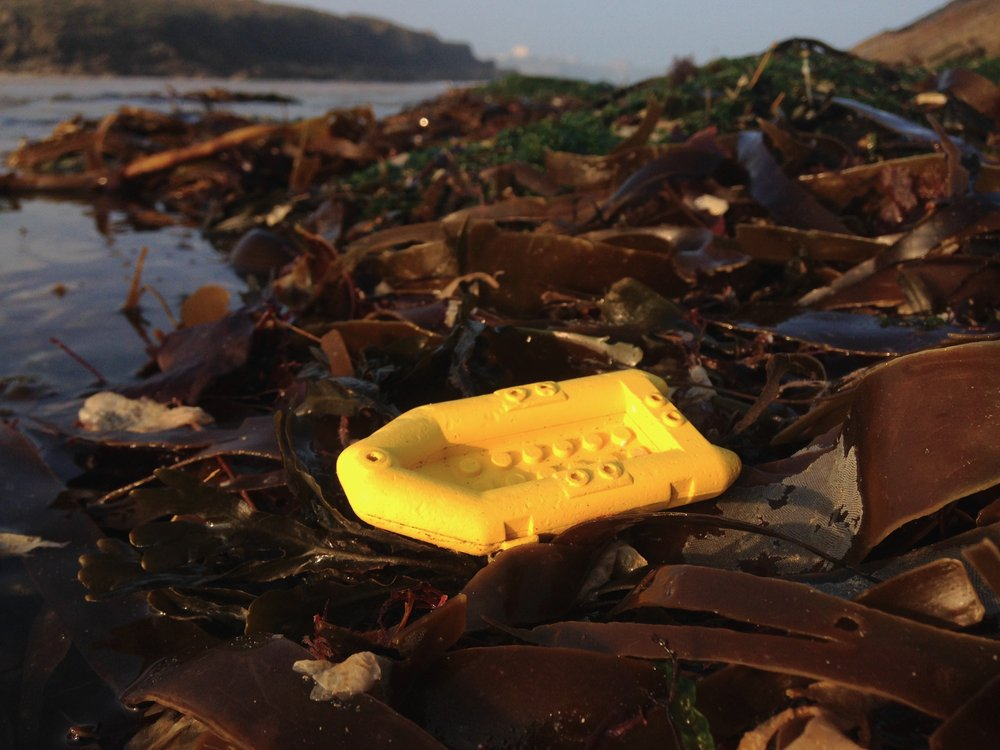
Meet the LEGO Hunters and Citizen Scientists
In recent years, people like Tracey Williams an author and environmentalist have documented the LEGO phenomenon with dedication. Through photos, logs, and community engagement, citizen scientists have mapped where and when the pieces appear.
Some of the LEGO finds have traveled thousands of miles. Others have become part of beach art, museum exhibits, or environmental campaigns focused on ocean conservation.
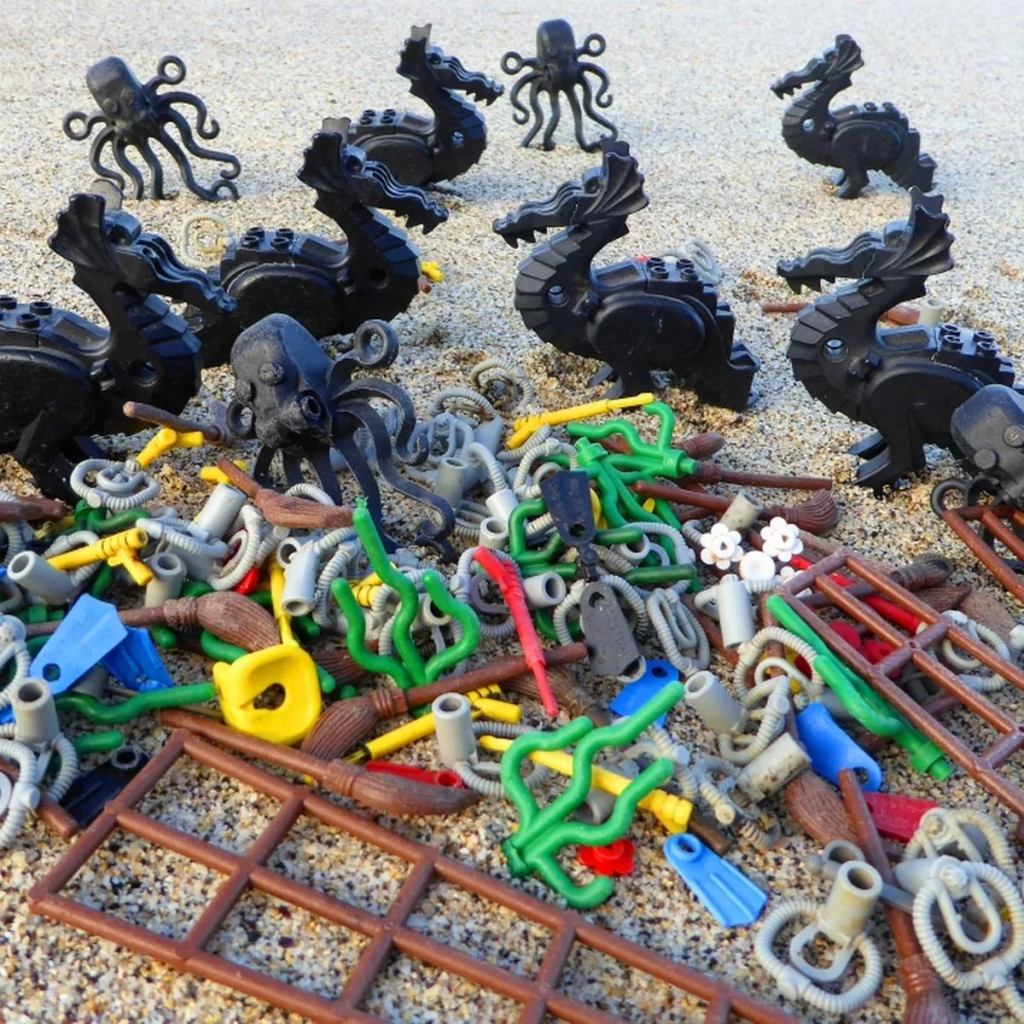
A Toy That Became a Warning Sign
There’s something ironically poetic about a child’s toy becoming a symbol of environmental degradation. The LEGO pieces serve as bright, playful, unmistakable indicators of a global problem. They bridge generations, calling attention to plastic pollution in a way statistics and graphs rarely can.
Children who played with LEGO in the ’90s may now be parents finding those same pieces on the beach. It’s a full-circle moment that connects past, present, and future.
Video:
The Lost and Rarest LEGO Set Was Finally Found by a 13-Year-Old Boy
What We’ve Learnedand What Still Needs to Change
While the LEGO spill is just one of many marine pollution events, it has captured public imagination because of its visibility and emotional weight. It has shown us that:
- Plastics don’t vanish. They persist for decades or even centuries.
- Ocean currents are powerful. They can carry objects around the globe.
- Small actions matter. Public awareness has driven cleanup efforts, scientific research, and even corporate responsibility campaigns.
In response to increasing environmental pressure, LEGO itself has invested in sustainable materials research, aiming to develop bricks made from recycled or biodegradable substances. But the 1997 spill continues to remind us: the ocean remembers everything.
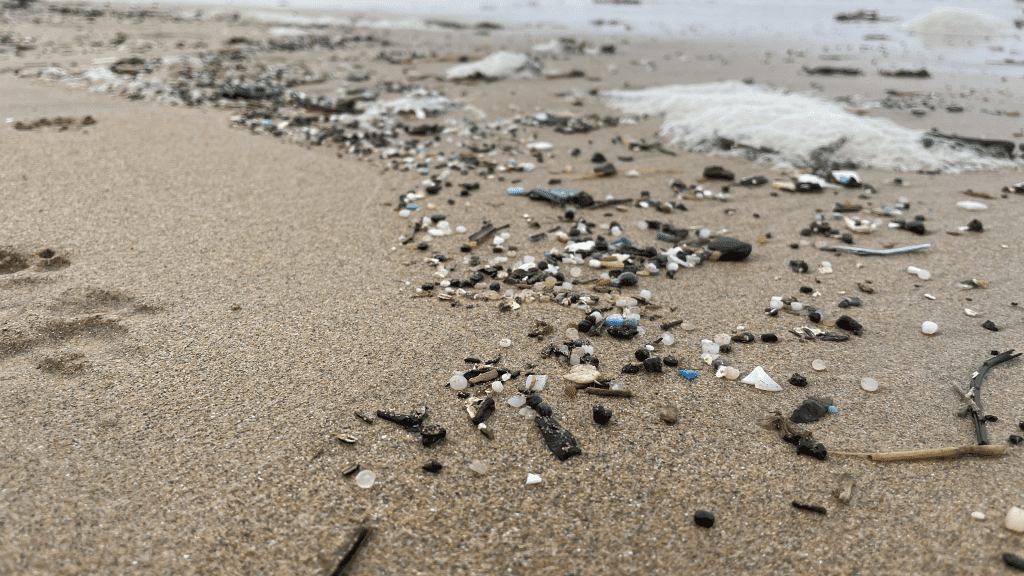
Conclusion: A Legacy Floating in the Waves
In 2025, nearly three decades after that stormy night in the Atlantic, LEGO bricks continue to appear as colorful, plastic echoes of the past. What started as a maritime accident has evolved into a symbol of our enduring relationship with plastic a material that refuses to disappear quietly.
So next time you stumble across a tiny flipper or a miniature spear washed up on the sand, remember: it’s not just a lost toy. It’s a message in the surf, calling us to rethink what we make, use, and leave behind.


